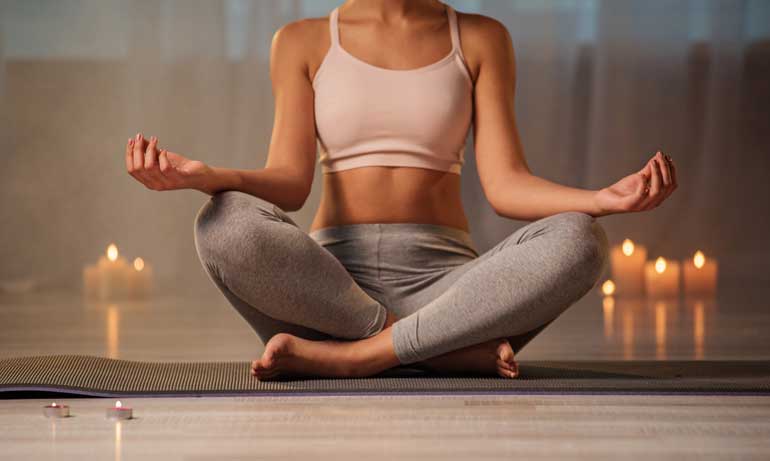
Winter can be a challenging time for maintaining a consistent yoga practice. The cold, shorter days, and general sluggishness that often accompany the season can make it tempting to skip the mat in favor of cozying up under a blanket. However, yoga is one of the best ways to combat the physical and mental effects of winter, keeping the body energized and the mind balanced.
Embrace the seasonal shift
Rather than resisting the slower energy of winter, adapt your practice to align with the season. Just as nature moves into a phase of rest and introspection, your yoga practice can reflect this by incorporating grounding and nurturing sequences. Yin and restorative yoga are excellent choices during colder months, helping to counteract stiffness and promote deep relaxation. Slow flows and gentle sun salutations can also be beneficial, offering warmth and mobility while honoring the body’s need for a softer approach.
Create a cozy space
One of the biggest barriers to practicing yoga in winter is the physical discomfort of the cold. Make your yoga space as inviting as possible—use warm lighting, soft blankets, and perhaps even a space heater to make the environment more appealing. Wearing layers, starting with gentle movement, and using props like bolsters and blocks can make your practice feel more comfortable and accessible.
Move to generate heat
If you find yourself struggling with low energy during winter, incorporating more dynamic movement can help. Vinyasa sequences, standing postures, and core work build internal heat, combatting the chill and boosting circulation. Sun salutations (Surya Namaskar) are particularly effective for warming the body and invigorating the mind. Even a few rounds at the start of your practice can create enough warmth to keep you motivated.
Prioritize breathwork
Pranayama, or breathwork, is a powerful tool for regulating energy levels in winter. Warming breaths like Kapalabhati (Skull Shining Breath) or Bhastrika (Bellows Breath) can help shake off lethargy, while Nadi Shodhana (Alternate Nostril Breathing) promotes balance and mental clarity.
Stay committed and be gentle with yourself
Winter is a time to practice self-compassion. Some days, you may crave a strong, heat-building flow; on others, a few seated stretches and mindful breathing may be enough. The key is to remain consistent, even if that means modifying your practice to suit your needs. Instead of focusing on how much you do, focus on simply showing up.
By embracing the rhythm of winter and adapting your yoga practice accordingly, you can maintain strength, flexibility, and inner warmth, making the season a time of renewal rather than stagnation. Keep moving, breathing, and honoring your body—spring will come soon enough.
